REVEALED! The top 20 dirtiest NBA players of all time
NBA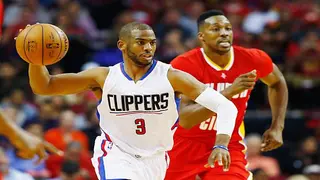
Six primary volleyball positions with unique roles blend to make a formidable offensive or defensive team. The players stand on both sides of the net in two rows of three each and have rules governing their play and ball-handling technique. Let us get into the various positions and the specializations of each.

William G. Morgan invented volleyball in 1895; the first Olympic game was in 1964. All volleyball positions have specific traits to help them achieve their purpose. The players rotate around the court clockwise throughout the game before determining a winner. What are the names of the six volleyball positions, and what role does each play?
There are six volleyball positions on the court and one substitute role. Each player has a specific role as they hit and pass the ball to their teammates. To help you understand these positions and their function, here are all the volleyball positions and roles:
REVEALED! The top 20 dirtiest NBA players of all time
NBA
The setter is the team's lead communicator and decision-maker. They are the main contributor to the offensive side, setting the ball perfectly for the attackers. Setters look out for loopholes in the opponents' game and coordinate an attack to exploit it. The position is equivalent to a quarterback in football and blocks the opponent's hitter when in the front row.
These players deliver the ball from the passers in the backcourt to a hitter in the frontcourt. Setters must possess serving, hitting, and blocking skills. In addition, they must be fast enough to catch dodgy passes. Players in this position have an added advantage if they are tall to block more effectively.

The outside hitter is the lead attacker in the offensive strategy, hitting and blocking from the left side of the court. This player is the best spiker on the team and must have the ability to jump high, hit hard, and make exceptional passes. Left-side hitters must also be fast to take hits from anywhere on the court.
How long is a cricket match? Match duration, facts and all the details
Cricket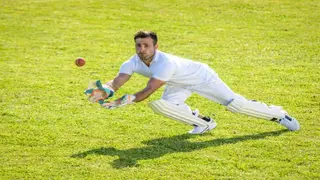
Outside hitters must be reliable and consistent as they hit and pass the ball. They must also be fast decision-makers to know when to handle multiple volleyball positions and rotations. The speed also allows them to transition from defence to attack mode in the least amount of time.
The opposite hitter, also known as the right-side hitter, balances between offence and defence. One of the primary skills required in this position is receiving serves from the opposing team. Height and jumping ability are a vital requirement for this position.
The right-side hitter operates on the right side of the court and is responsible for attacking and blocking. They do not necessarily pass the ball because they are a hybrid of middle blockers and outside hitters. Being left-handed is an added advantage for these athletes because they attack from the right side, so the ball does not have to cross their body for them to attack it.
How to play dodgeball: Rules and regulations of the sport
Other Sports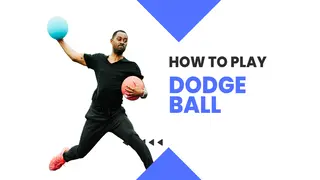

What is a middle hitter in volleyball? The middle blocker is the first line of defence against the opponents' hits and the main blocker. MBs must have the ability to study the opposing team's attackers.
These individuals are usually the tallest team members, hitting fast sets from the middle of the court and behind the setter. Although they get the fewest sets, MBs have the best hitting percentages. Blockers must also be swift to get into any position to block the opposition's hitter effectively.
The libero is usually the shortest player in the team. This individual mans and plays on the back row of the court to receive a hit from the competing team. A libero must have accurate passing skills and top-notch agility. If the setter cannot reach the second ball, the libero takes it up to deliver it to a hitter.
Basketball positions explained: Key positions in basketball and their roles
NBA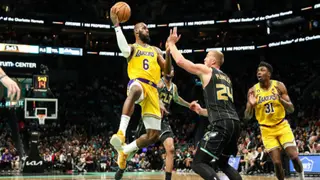
Can a libero hit the ball? Liberos wear a different coloured jersey and cannot attack the ball at the net. Some experts have referred to these positions as technicians and defence specialists because of the various defensive plays they have to make. Liberos also substitute the middle blocker.

The defensive specialist focuses on ball control and passing, working closely with the libero. Additionally, this position can substitute any player on the court. They also assist in high-pressure situations, like when the scores are tight towards the end of a game.
These players come in to counter a strong server or weak defender. They must be accurate with their passes and agile to move around the court effectively.
The serving specialist (SS) substitutes for the specific role of serving. This individual must have exceptional serving skills as they step in to win more points for their team.
What are the lacrosse rules and regulations? How to play the game
Other Sports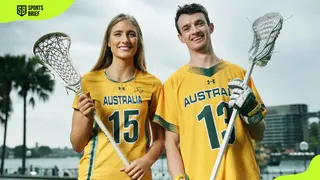

The middle blocker position is often referred to as Position 6. The numbers go backwards to 1 as you rotate clockwise through each zone.
The beach volleyball court is smaller in size and accommodates fewer players. According to volleyexpert.com, there are two positions in beach volleyball but with multiple roles. The players alternate between serving, defence, and ball receiving.
When the first player is serving, his teammate becomes the blocker. During ball receiving, both players line up horizontally on the backcourt and are responsible for half of the court. The player who serves goes into defence immediately.
These volleyball positions' names and roles are a great way to understand what goes on on a volleyball court and to maximize your experience as you watch the matches. Whether you prefer indoor or beach volleyball, these positions and specializations will help you follow every game effortlessly.
Basketball court lines: What do the different lines in basketball mean?
NBA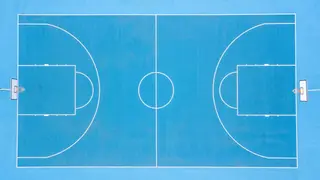
READ ALSO: Top 10 best setters in volleyball
Sports Brief published an article ranking the top 10 best setters in volleyball. Thanks to their exceptional skills, these individuals have helped boost their teams' performance. Who are some of these men and women?
Guedpard Pornpun of Thailand's national women's team ranks top on the female list, followed by Brazilian player Silva Carneiro Macris Fernanda. Some top male setters include Rezende Bruno Mossa from Brazil and Italian Giannelli Simone. Check out the article above for the complete list of top setters currently.